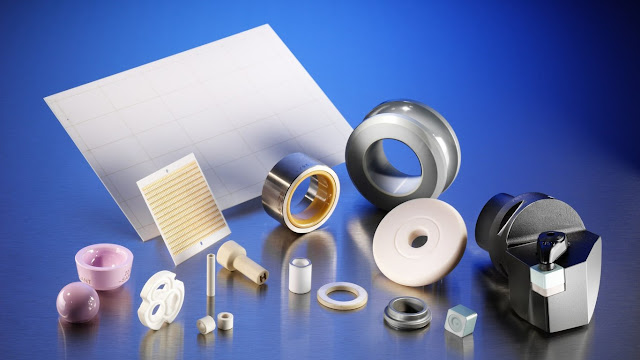The Rise of Advanced Ceramics: Exploring Cutting-Edge Applications and Manufacturing Techniques
Advanced ceramics have witnessed a remarkable rise in recent years due to their exceptional properties and versatile applications. These ceramics, also known as engineered or technical ceramics, are revolutionizing various industries by offering superior performance in challenging environments. This article delves into the advancements in advanced ceramic, exploring their cutting-edge applications and the manufacturing techniques driving their success.
Advanced ceramic possess unique properties such as high strength, hardness, corrosion resistance, and thermal stability. These properties make them ideal for demanding applications where traditional materials fall short. Their exceptional electrical insulation and biocompatibility also make them valuable in electronic and biomedical fields. Advanced ceramic offer advantages such as extended product lifespan, improved efficiency, and reduced maintenance costs, contributing to their growing popularity across industries.
The global Advanced Ceramics market was valued at US$ 80,442.64 Mn in 2021 and is forecast to reach a value of US$ 122,101.00 Mn by 2030 at a CAGR of 6.72% between 2022 and 2030.
Advanced ceramics are transforming the automotive industry by enabling lighter and more fuel-efficient vehicles. Ceramic components such as engine parts, exhaust systems, and brake systems offer excellent heat resistance, wear resistance, and reduced friction. They enhance engine performance, reduce emissions, and contribute to improved fuel economy. Additionally, advanced ceramic find applications in sensors, catalysts, and fuel cells, driving the shift towards greener and more sustainable transportation. In the aerospace and defense sectors, advanced ceramic play a crucial role in enhancing performance and safety. Ceramic matrix composites (CMCs) are lightweight materials with exceptional strength and thermal resistance, making them suitable for aircraft engines and structural components. They offer high-temperature stability, reducing the need for cooling systems and increasing fuel efficiency. Advanced ceramic are also used in armor systems, radomes, and satellite components due to their excellent ballistic and electromagnetic properties.
The electronics and semiconductor industry heavily relies on advanced ceramics for various applications. Ceramic substrates, capacitors, and insulating materials are essential components in electronic devices and integrated circuits. The high dielectric strength and thermal conductivity of advanced ceramic make them suitable for power electronics, microwave devices, and high-frequency applications. Advanced ceramic also enable miniaturization, improved signal processing, and the development of advanced sensors and actuators. Advanced ceramic have revolutionized the medical and biotechnology sectors by enabling innovative solutions and improving patient outcomes. Bioceramics, such as alumina, zirconia, and hydroxyapatite, are used in dental implants, orthopedic prosthetics, and bone graft substitutes. They offer excellent biocompatibility, strength, and resistance to wear and corrosion. Advanced ceramic are also used in medical devices, including hearing aids, pacemakers, and diagnostic equipment. Furthermore, ceramic nanoparticles are being explored for drug delivery systems and targeted therapies in cancer treatment.


.jpg)

Comments
Post a Comment